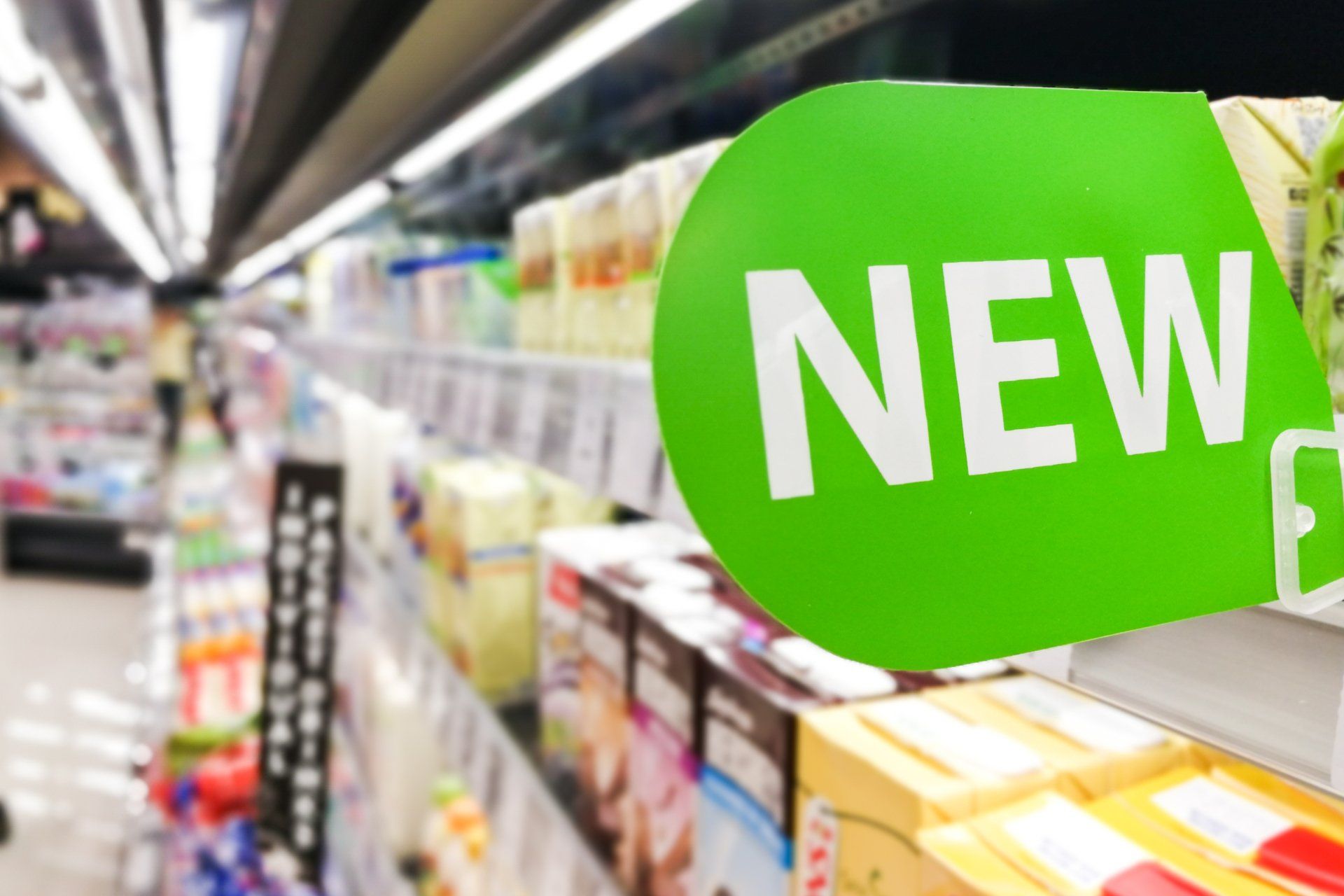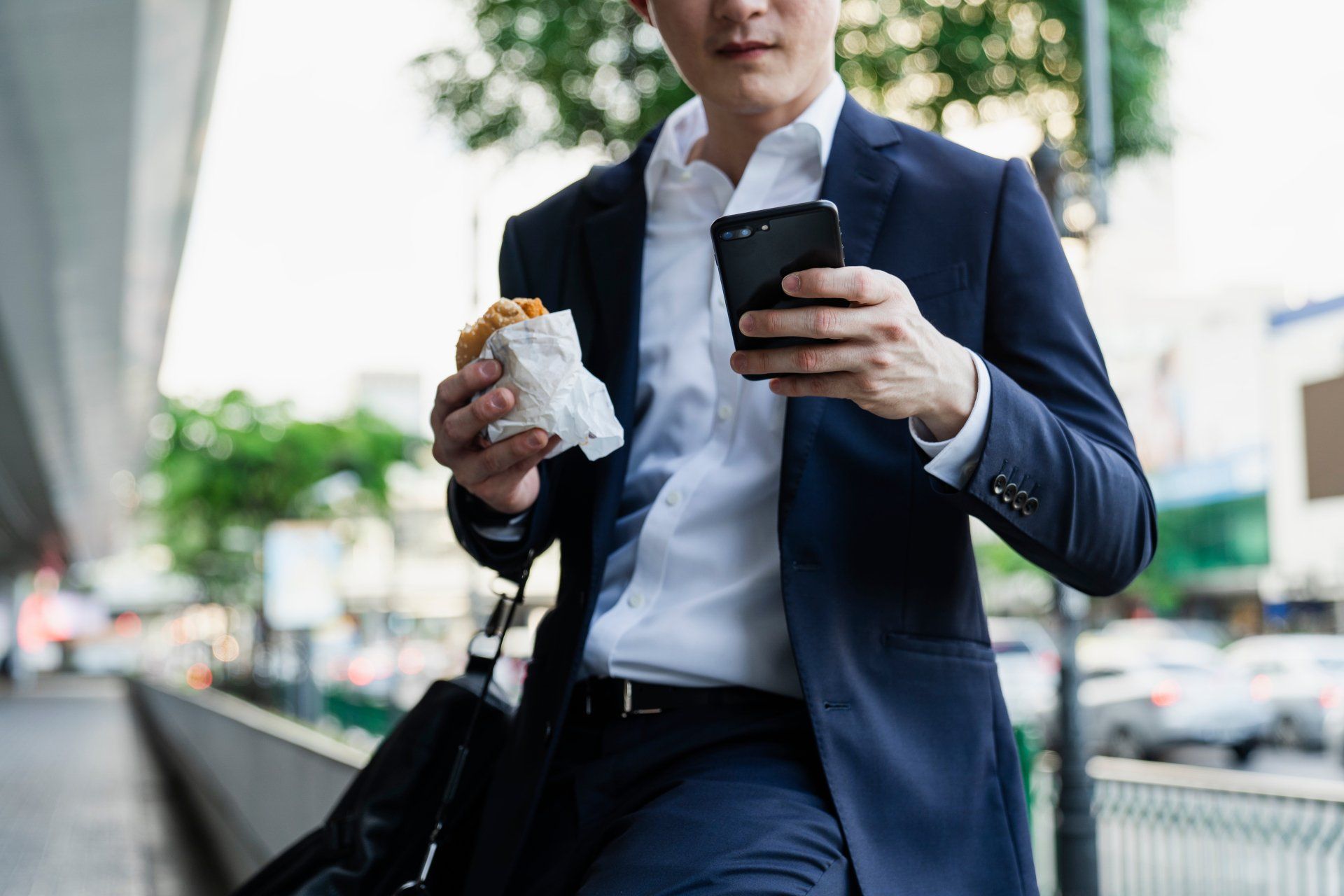Vic Reis | Oct 13, 2021
Industry Insights / Welcome back, meal deals!
People are returning to the office and picking up old lunchtime habits. Grabbing a sandwich, side, and a drink has always been a popular option. This national ritual made meal-deals worth £7.85 billion across national chains and local shops alike.
The move to buying food on the go has been biggest trend in the eating out of home market in recent years, growing from £15,067bn in 2010 to over £21.2bn in 2019. Of that £21.2bn, retail Food to Go accounted for a massive £12.4bn.
The impact of COVID-19
Over the last year and a half, fewer people were working in the office due to the COVID-19 pandemic, resulting in more having lunch at home. In April 2020,
46.6% of those who were employed did some work at home.
86.0% of employees in the UK were working from home due to COVID-19.
During multiple lockdowns and the sudden increase of people working from home, the future of the Great British sandwich deal remained in jeopardy.
The return of office life
England said goodbye to their COVID-19 restrictions on the 19th of July, reopening the country for summer travel. For some, this meant returning to the office for work. As the months progressed, life started to feel just like it did before the pandemic.
Footfall in London is steadily increasing. In January of 2020, the City of London saw only 19% of February 2020's foot traffic numbers. Footfall has more than doubled since then, with the month of October displaying 51% of normal foot traffic in the Square Mile. Canary Wharf, another popular office hub in the Nation's Capital, only had a quarter of workers visiting in January 2021, but that number increased to 59% in October.
We saw enormous shifts in consumption habits during COVID-19, but what does this mean for the increasing number of people who are no longer working from home and heading back into the office?
Lunchtime habits
When it comes to purchasing lunch, price is not the primary driver, rather convenience and availability. This makes high streets one of the most popular destination for workers to grab lunch. Purchasing a meal deal at a retailer is a great option for many, not only do they offer convenience and availability, but they also come at a far lower price point in comparison to other high street restaurants.
The many incentives to grab a lunch from a retailer like WHSmith make it a popular option for office workers. Not only is this suitable for the shopper, but it also builds loyalty between the retailer and the customer. With so many people popping in and out of stores for lunch, retailers that offer meal deals have an even more powerful space for brands to raise their relevance in consumers’ minds.
"POS campaigns can bring excitement and innovation back to lunchtimes".
Staying on trend: eating healthy
Healthy snacking is a key area for retailers to reignite the food to go opportunity and in turn grow their profits. According to studies 67% of shoppers say that they would like more healthy options for food on the go. This is good news to retailers since shoppers who are seeking healthier food to go options are willing to pay more for it. Shopper surveys in 2019 revealed that shoppers thought £1.44 would be an acceptable price to pay for a single serve snack however shoppers looking for a healthier snack were happy to pay £1.84.
Retailers are changing their ranges, expanding categories and adopting professional planograms to meet the needs of their customers. Brands also need to work in partnership with this sector to ensure they do not miss out. Everyone has been preparing their own food and eating at home for months – they’re wide open to receive messages about new things to try, healthier snacking, recipe inspiration and simple reminders to prompt purchases. Targeted campaigns around the store are ideal ways for brands to invest in securing their place on shoppers shelves.
In summary, as consumer habits continue to evolve, with many returning back to pre-COVID habits, there is a unique window for brand owners to increase their sales by adopting a place in the returning lunchtime routines, but only if they embrace the very roots of the consumer path to purchase and find ways to be omni-present on the shelves of popular retailers.


24/7 access to millions of commuters across all major conurbations and mindsets...
Create a campaign brief and we'll respond with a bespoke recommendation & commercial proposal...
CONTACT US
WHSmith Optimisation Team
(provided by RMI)
7 Bell Yard
Strand
London
WC2A 2JR
+44 20 8962 2300
USEFUL LINKS
STAY INFORMED
Subscribe
We will get back to you as soon as possible
Please try again later


